These days you’d have to strap me to a bed to make me watch all the Marvel movies. Five years ago, that was a different story. Bed-ridden, recovering from major surgery, I wasn’t going anywhere and needed some serious escapism – watching every single Marvel movie plus the short films, doped to the gills did the job. It wasn’t watching the heroes level up to become Supers and defeat the Villains that stuck with me – it was the sacrifices they made to get there. Forever etched into my brain by that adventure into the MCU was the death imagery of the ordeals that Steve Rogers, Tony Stark and Thor endured in their origin stories to then become a better version of themselves. Something that would be repeated for each of these core characters in successive tales, for higher stakes, each requiring greater sacrifices before their ultimate acts of heroism to save New York, then the Earth, then the entire Universe.
Seeking guides to these characters’ heroic journeys, and how their initial ordeals set them on a path to Reward, what little I found stuck to their arc across the MCU. Reading those, noting the scope they were written across – and not finding what I was looking for – revealed that the the hero’s journey in the Marvel Universe is more complicated than successive trips around the same wheel that Joseph Campbell brought back as his boon and Christopher Vogler turned into a generic plot creation device.
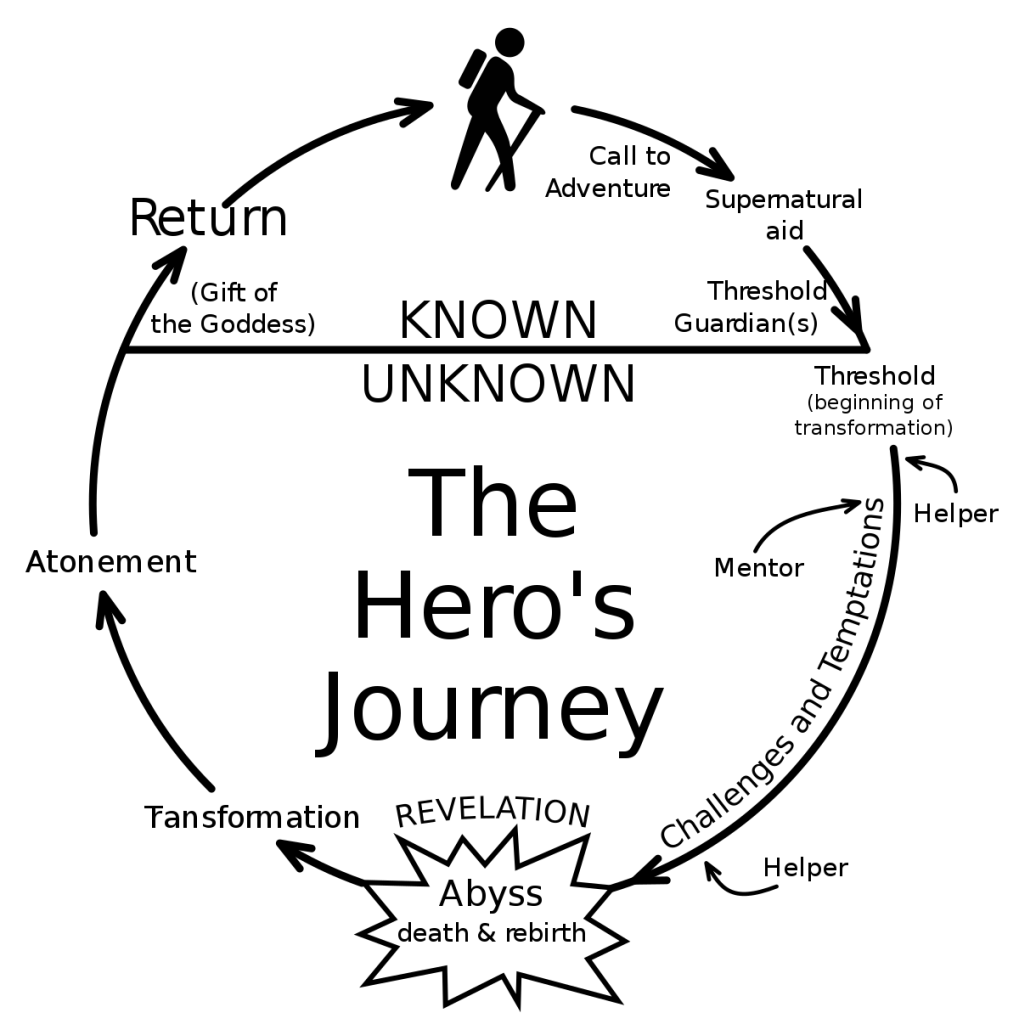
To find what I was looking for I had to leave the Marvel universe and take a side trip into DC’land to explore Nolan’s Dark Knight trilogy. For in another answer for the Quora post largely devoted to Thor lay a clue as to how the more epic MCU has been weaved together, and what the reward for all of a superhero’s successive sacrifices looks like.
It would also illuminate another story-telling technique both sets of filmmakers utilise to generate their plots.
Bruce Wayne’s Journey in The Dark Knight trilogy
Batman tends to actually not be a good hero. He gets stuck at Road of Trials, Meeting with the Goddess, and Temptation. Every time he reaches Atonement with the Father he resets back to Road of Trials.
Christopher Nolan’s Dark Knight series changes this. Bruce Wayne finally makes it over the hurdle in The Dark Knight Rises and puts aside the Batman persona (sacrifices him, really) and finishes his Hero’s Journey.
As the films (Memento, Inception, Interstellar) he made before, and in between, his Dark Knight trilogy showcases, Nolan is a sophisticated filmmaker who uses advanced techniques like non-linear story-telling to generate his plots. It shouldn’t be surprising then to find more than generic hero’s journey plotting for his take on Bats.
Initial evidence for this was casting Christian Bale in the lead role, styling him as Bruce Wayne almost identically to his earlier role as Patrick Bateman in American Psycho, then drilling the point home with exchanges like the following in The Dark Knight:
Harvey Dent : Any psychotic ex-boyfriends I should be aware of?
Alfred Pennyworth : [smiles] Oh, you have no idea.
Nevertheless, the first installment is a canonical example of the hero’s journey – with one notable feature: the Dark Mentor. This is the figure the hero thinks is helping to train and equip them for their trials ahead, but is really using them for their own agenda. As Vogler describes them, Rather than motivating her like a true Mentor, the agent becomes an obstacle in the hero’s path. In Batman Begins the Dark Mentor is Ra’s al Ghul who – having trained him to become Batman – Bruce Wayne must defeat to save Gotham.
Throughout the trilogy the stakes remain the same: it’s always about saving Gotham. But in the second installment Nolan flips the script. Because who is the protagonist of The Dark Knight? It’s not Batman, it’s the Joker – and I’m indebted to Mikey Neuman’s analysis for this.
Temporarily freed of the wheel, merely reacting – and mostly moaning about the life he could have with Rachel if he could just take off the cape – Nolan shows Bruce Wayne at his worst: resorting to mass surveillance to catch the Joker. Then redeeming himself with the greatest sacrifice a Superhero can make: letting Gotham think him the Villain.
The final installment, The Dark Knight Rises, sees Bruce Wayne turned hermit; holed up in his man cave (which, for a billionaire, is the wing of his stately manor), mourning the life he could’ve had if only Rachel were still alive. Trapped under the wheel of fate, it takes his true Shadow, Bane, to strip him down to his essence – with a Superman punch, no less! – and initiate his true hero’s journey. The Pit is the ‘inmost cave’ of Batman’s journey across the films. Only after he’s risen from this ordeal can he defeat Bane, apparently sacrifice himself to save Gotham, but ultimately – in a scene reminiscent of Nolan’s ambiguous ending to Inception – find a return to his ordinary billionaire world, with Selina Kyle replacing Rachel as a more suited partner-in-crime.
And that’s enough about Batman. But summarising the arc Nolan gives him reveals a mechanism for plotting a series of films where the hero escapes the wheel to receive the reward they deserve:
Origin Story
…
Endgame
With all that in mind, we can return to the MCU and chart the journey of its core heroes and how, in time, each got the reward they deserved to match their ordeals.
The Good, The Bad and the Lebowski
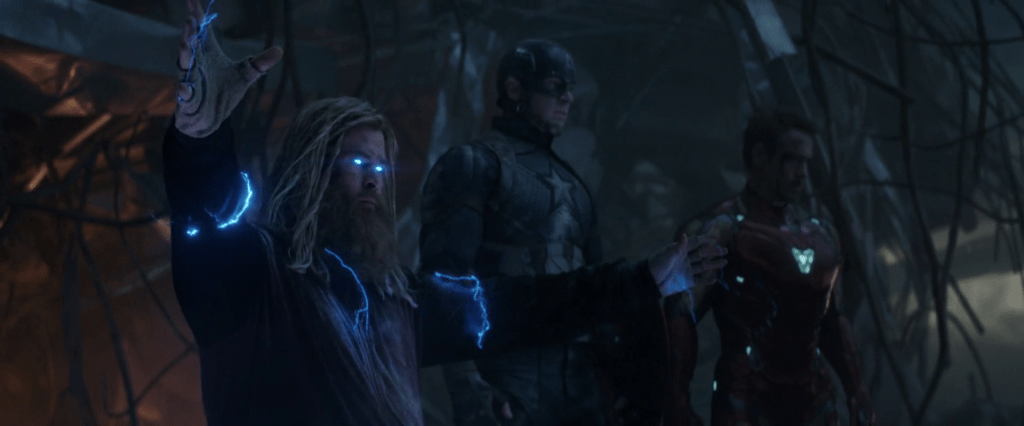
Before examining the arcs of Iron Man, Thor and Captain America, as they progress from personal to cosmic stakes, there’s a character that’s always operated at the cosmic scale, and that would be the hero of Avengers: Infinity War. The character who by the film’s end has made a sacrifice, overcome obstacles, defeated all opposition, completed their mission, hung up their armour and retired to live out the rest of their days in peace.

Just like in The Dark Knight, the protagonist of Infinity War isn’t its heroes, but its villain.
Joe Russo: Every villain is a hero in his own story and believes that what they’re doing is right. They’re just in conflict with the rest of the world…
Anthony Russo: It was a very organic choice in this film because we’re dealing with several different groups of characters, some of which have no knowledge of the existence of the other. Thanos is the one thing that unifies them all in this movie. So, orientating our story and telling it from his point of view had a lot of practicality to it as well.15
Avengers, the makers’ story
The directors flipped the script to weave twenty films worth of plotting into one tight arc. Moving characters around so that by Endgame it’s totally not weird to have a space raccoon wandering around Norway, chatting with refugee, extra-dimensional Asgardians. The burden of carrying the epic mythic plot is given to the Titan, Thanos; the heroes just react, and the filmmakers have much more freedom with them as a result.
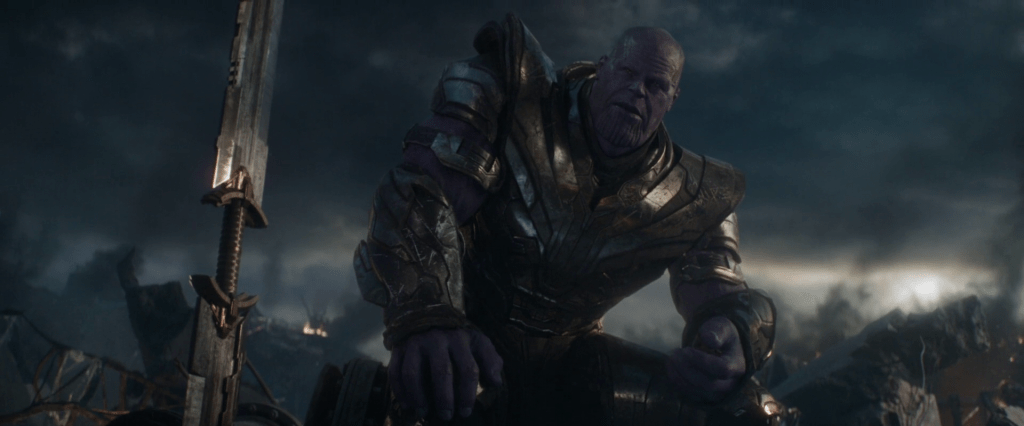
The traditional hero’s journey resumes in Endgame, and Thanos acts as both Villain and Threshold Guardian: keeping Iron Man, Thor and Captain America from receiving their Reward. Each of these core heroes journeys has prepared them to battle with the biggest bad in the universe.
So how did they get there and what was their Reward?
Iron Man
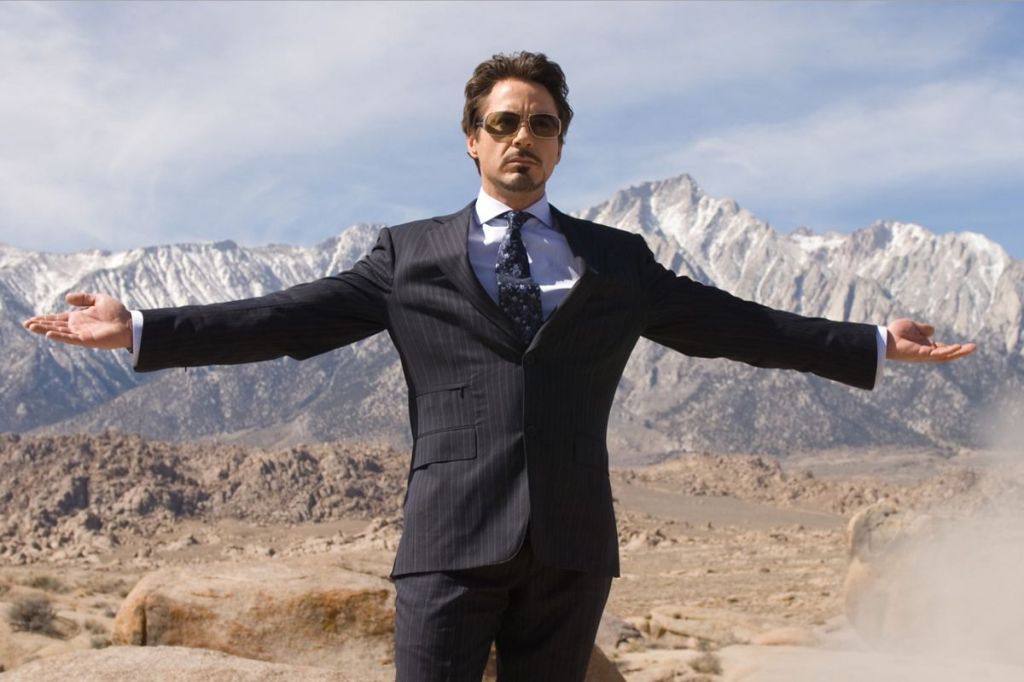
Arc: Billionaire “Merchant of Death” Tony Stark has a Dark Mentor in Obadiah Stane, foreshadowing his continual struggle for redemption. Every effort to engineer his way out of a situation and become a Good Man only causes further complications. From shrapnel to poisoning to crippling anxiety, the only peace for Stark is possible after half the universe has been culled.
Cleansing himself with the ultimate sacrifice to undo Thanos’ victory, he’s free of the torturous wheel and finally gets to rest.
Reward: Death.
Captain America
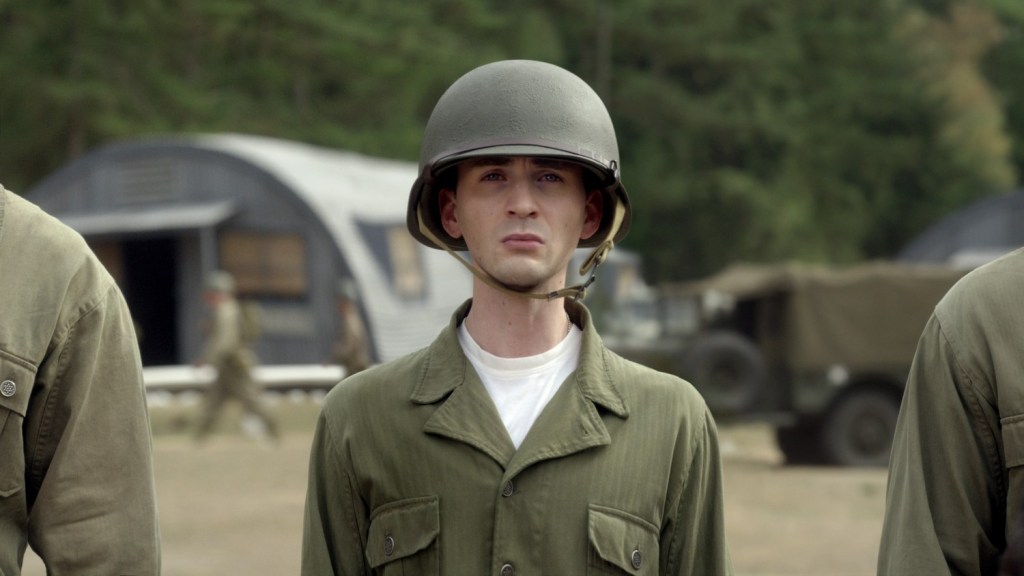
Arc: Scrawny, diseased Steve Rogers yearns to be of service. The Super Soldier Serum gifts him with a body to match his spirit.
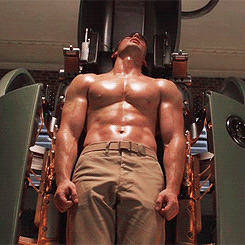
Pure of heart, on a Knight’s Quest that requires understanding what being a Champion of the Light is, he proves himself worthy of wielding Thor’s Hammer, completing his Arthurian journey and becoming a Cosmic Champion.
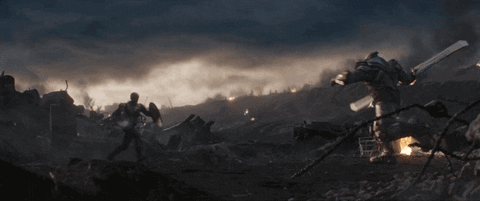
Throughout he steals every possible moment with the gal he left behind, and, the Universe saved, it’s to her that he returns.
Reward: An Ordinary Life.
Thor
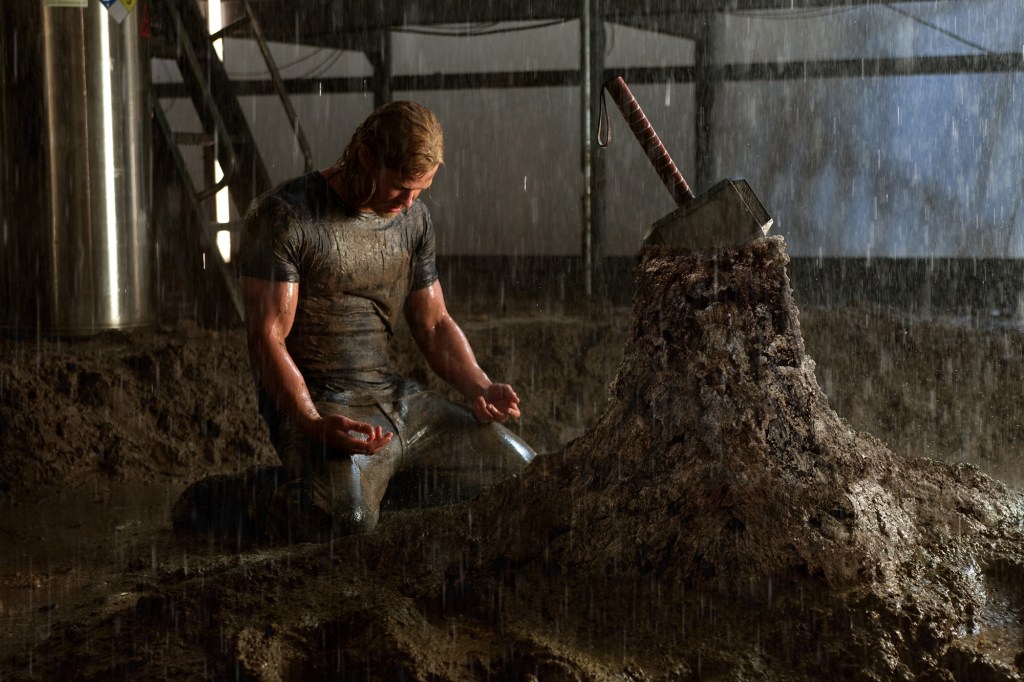
Arc: Cosmic Champion on the path to failson. Stripped of his powers – so he can learn wisdom and become a Good King – Odin derails him from his cosmic journey, sending him crashing back to Earth where the stakes are personal. His successive sacrifices see him level back up to Godhood, then having the wisdom to relinquish the crown. Now free to chart his own course in the cosmos, Thor abides.
Reward: Escaping the Wheel of Fate.
And that’s what I deciphered by viewing the MCU through the lens of Nolan’s Dark Knight trilogy.
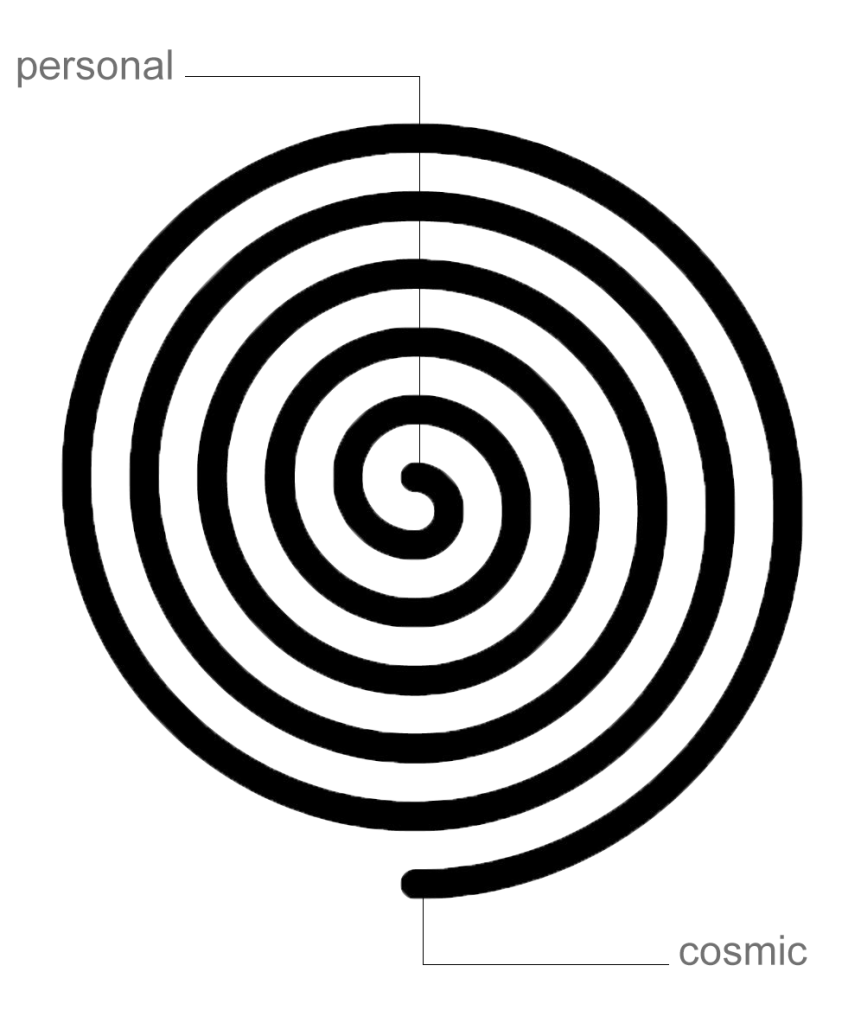
You can script a great superhero origin story – or just drop in partway through their Journey or have them play off against a Villain driving the plot – but with each successive adventure, for escalating stakes, always be foreshadowing their eventual Reward.
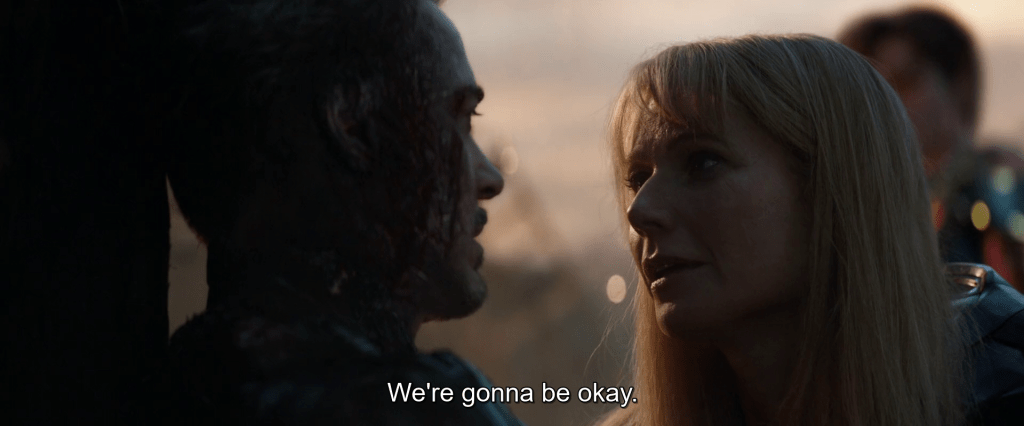
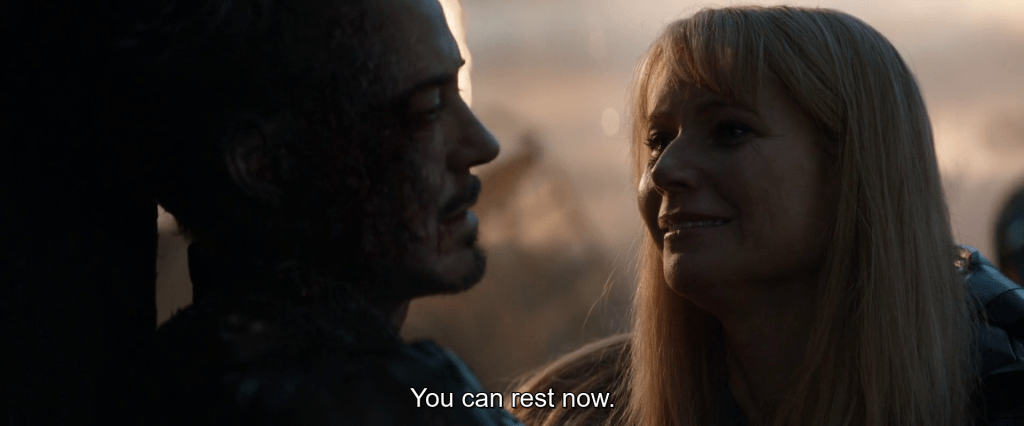


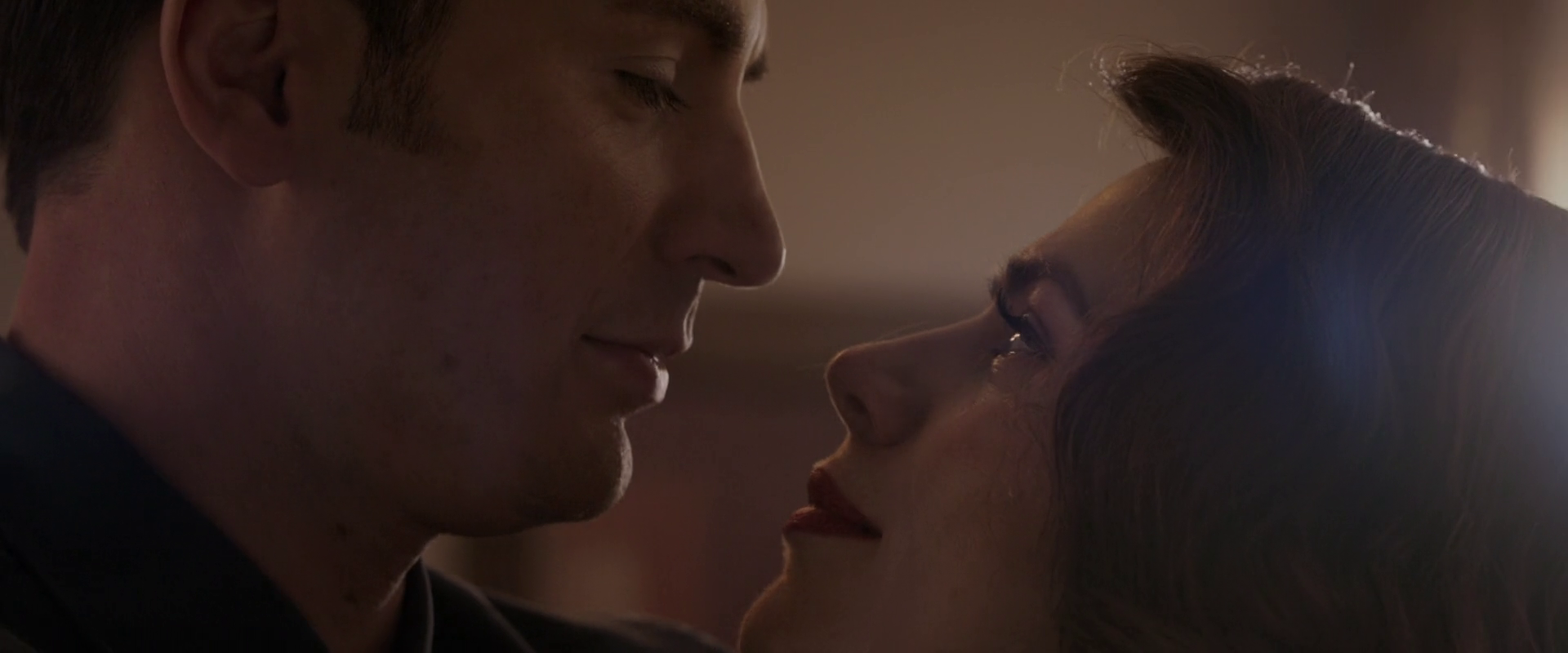
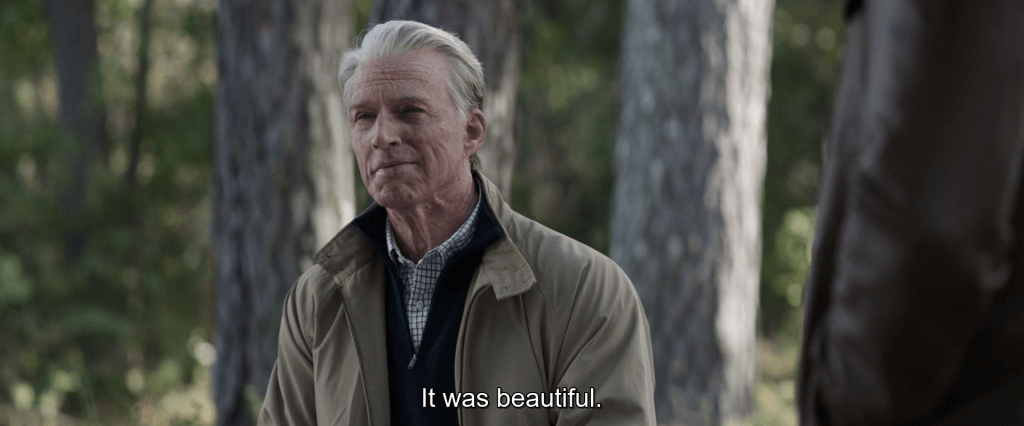

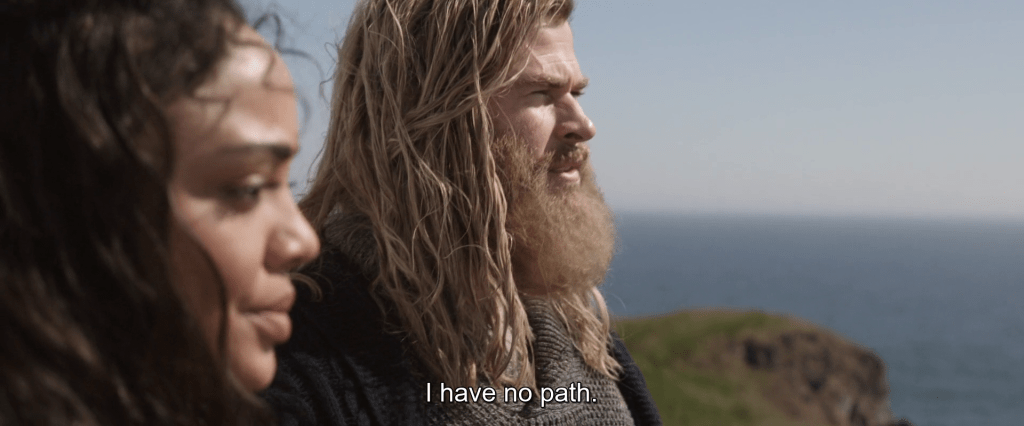
Reblogged this on syndax vuzz.
LikeLike